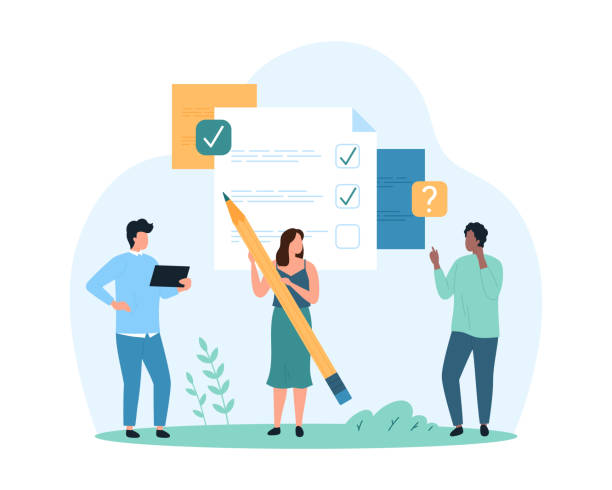The Importance of Multilingual Website Design in Today’s World
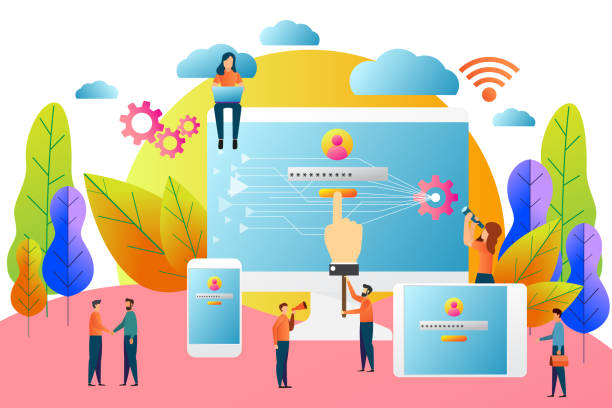
In the age of globalization, access to information without language barriers is one of the most important user needs.
#Multilingual_Website_Design is no longer a competitive advantage, but a necessity for any business looking to expand its horizons.
This approach allows websites to connect with a broader audience worldwide and offer their services or products in their native language.
Imagine a potential customer from Germany searching for your product; if your website is only in Persian, they will likely leave your site and go to a competitor whose content is available in German.
This is where the importance of multilingual website design becomes more apparent.
This approach not only increases traffic but also significantly helps improve conversion rates and brand credibility.
A multilingual website is essentially a bridge between your business and international markets, enabling understanding and interaction for audiences.
This explanatory content helps you better understand why this type of design is needed.
Does your current corporate website not reflect your brand’s credibility and power as it should? Rasaweb solves this challenge for you with professional corporate website design.
✅ Increase visitor credibility and trust
✅ Targeted acquisition of more customers
⚡ Click to get free consultation!
Advantages and Challenges of Implementing a Multilingual Website

Implementing a multilingual website, while offering countless benefits, also comes with challenges that need to be considered before starting the project.
Key advantages include expanding the target market, increasing the brand’s global reach, and improving international SEO.
When your site is available in various languages, search engines display it to users in different countries, which in turn leads to increased organic traffic.
However, challenges include translation management, content maintenance, technical issues related to SEO and user experience (UX), as well as initial and ongoing maintenance costs.
This is where the challenging content arises: Is your company ready to invest the necessary time and resources for a complex multilingual website design project? Does your team have sufficient knowledge to manage these challenges? Careful planning and choosing the right tools can turn these challenges into opportunities for growth.
Technical Aspects of Multilingual Website Design and URL Structure

In designing a multilingual site, technical aspects play a vital role, especially URL structure and the correct use of hreflang tags.
There are three main approaches to URL structure for multilingual websites: subdomains, subdirectories, and country code top-level domains (ccTLDs).
Each of these methods has its own advantages and disadvantages in terms of SEO and management.
For example, using ccTLDs (such as .de for Germany or .fr for France) gives the strongest geographic signal to search engines but is more expensive and requires managing multiple domains.
Subdirectories (e.g., yoursite.com/en/ or yoursite.com/fa/) are the most common method and are relatively easy to manage.
Subdomains (e.g., en.yoursite.com) are another option that behave similarly to subdirectories in terms of SEO.
The hreflang tag also specifies to search engines which version of the page is appropriate for which language and geographical region.
This tag is essential for preventing duplicate content issues in SEO and helps Google and other engines show the correct version to users.
A deep understanding of these specialized aspects is crucial for the success of an international web development project.
These choices directly impact how your site is indexed in search engines and, consequently, its visibility to international target audiences.
This section provides specialized content for a better understanding of these concepts.
| URL Structure Type | Example | Advantages | Disadvantages |
|---|---|---|---|
| Country Code Top-Level Domains (ccTLDs) | yoursite.de | Strongest geographical signal, high local trust | High cost, multiple domain management, requires domain for each country |
| Subdirectories | yoursite.com/de/ | Stronger SEO than subdomains, easier management | Weaker geographical signal than ccTLDs |
| Subdomains | de.yoursite.com | Easier management than ccTLDs, content separation | Weaker geographical signal than subdirectories |
Content Translation and Localization Strategies
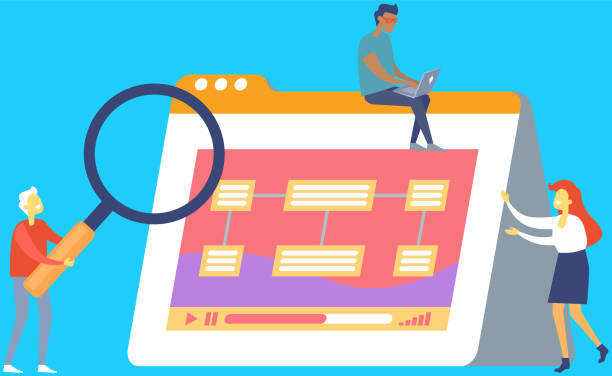
Simply translating website content word-for-word is not enough for multilingual website development.
Localization goes beyond translation and involves adapting content to the target region’s culture, customs, and even colloquialisms.
This strategy is fundamental guidance to ensure content resonates with local audiences.
For instance, a joke or cultural reference that makes sense in one language might be completely meaningless or even offensive in another.
Using native translators or specialized localization agencies can be very effective in this regard.
Furthermore, it’s important that visual content (images, videos) and design elements (like fonts and colors) also align with local culture.
Localization also includes date formats, currency, measurement systems, and even tone and writing style.
This approach ensures that your site is not only understandable but also creates a sense of familiarity and belonging for foreign visitors, contributing to the success of your multilingual website design.
Are you frustrated with your e-commerce site’s low conversion rate? Rasaweb transforms your e-commerce site into a powerful tool for attracting and converting customers!
✅ Significant increase in visitor-to-buyer conversion rate
✅ Unparalleled user experience to boost customer satisfaction and loyalty⚡ Get free consultation from Rasaweb!
Search Engine Optimization (SEO) for Multilingual Websites
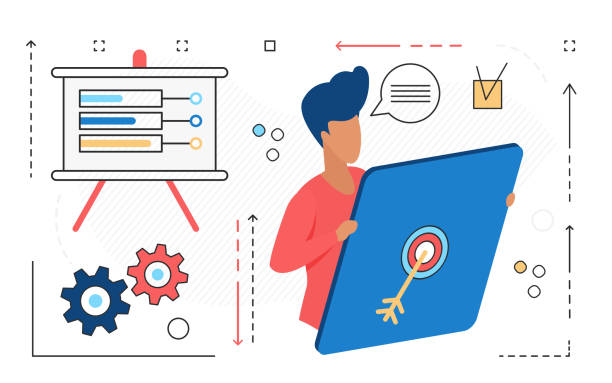
SEO for multilingual sites is more complex than for single-language sites.
In addition to the hreflang tags mentioned earlier, there are other points to consider to ensure your multilingual sites achieve good rankings in search engines.
Keyword research should be conducted separately for each language and region; frequently used keywords in one language may not have the same meaning or search volume in another.
Also, building local link profiles and engaging in local social media can help increase the site’s authority in that region.
Ensuring site loading speed, responsive design, and appropriate navigation structure for each language is also essential.
Choosing the right domain and web hosting close to the target audience (to reduce loading time) are all important optimization factors.
This specialized section helps you understand and leverage effective SEO strategies for global web platforms.
User Experience (UX) and Cultural Considerations in Multilingual Design
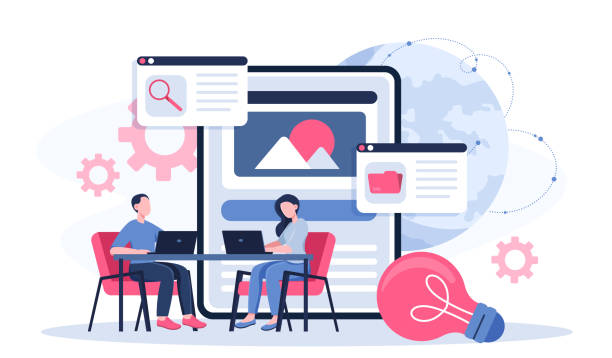
User experience in a multilingual website design is not just about translating buttons and menus; it also requires attention to the feelings and comfort of users from different cultures.
Visual elements, page layouts, colors, and symbols can have different meanings across cultures.
For instance, the color red symbolizes love and joy in some cultures, while in others it can signify danger or anger.
Text direction (such as right-to-left for Persian and Arabic, or left-to-right for English and many other languages) must also be correctly observed.
Providing a clear and accessible language switcher (usually in the site’s header or footer) is of paramount importance.
This switcher should not solely consist of country flags, as a single language might be spoken in multiple countries (e.g., Spanish in Spain and Latin America).
It’s better to write the language name in its own language (e.g., “English” or “فارسی”).
This engaging yet analytical approach demonstrates how attention to cultural details can enhance the user experience and make visitors feel more comfortable and understood on your site.
Ultimately, proper UX ensures the success of your multilingual website design.
Choosing the Right Content Management System (CMS) for Multilingualism

Choosing a powerful and flexible Content Management System (CMS) is the cornerstone of any successful multilingual web structure.
The CMS should have strong built-in capabilities or plugins for managing multilingual content.
Some CMSs like WordPress (with plugins such as WPML or Polylang), Drupal, and Joomla naturally support multilingualism, while others may require custom development.
Important factors in choosing a CMS include ease of use for the content team, multilingual SEO capabilities, security, scalability, and support from a large user community.
Your chosen CMS should allow your team to easily manage translations, publish them, and perform necessary updates.
It should also have the capability to define different versions of a page for various languages and correctly create inter-language links.
This section provides practical guidance for choosing a tool that helps you in multilingual website development.
The correct CMS choice can reduce maintenance costs and optimize the content management process.
| Content Management System (CMS) | Multilingual Advantages | Disadvantages/Notes |
|---|---|---|
| WordPress | Large user community, powerful plugins (e.g., WPML), high popularity | Requires paid plugins for advanced features, complexity in large projects |
| Drupal | Strong built-in multilingual capabilities, high scalability, high security | More complex to learn and use than WordPress, requires specialized developer |
| Joomla | Good built-in multilingual support, relatively simple user interface | Smaller user community than WordPress, fewer plugins |
Testing, Maintenance, and Continuous Updates for Multilingual Websites
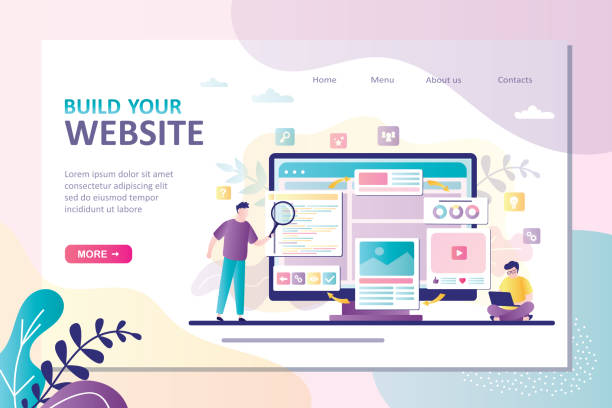
After implementing a multilingual website, the work is not over.
Thorough testing and continuous maintenance are essential to ensure the site’s correct and optimal performance across all languages and devices.
Testing should include checking all links, forms, images, and translated content in each language to ensure accuracy and absence of translation errors.
Furthermore, it must be checked that the language switcher functions correctly and users can easily switch between languages.
Content needs to be updated over time, and new translations must be synchronized with the original content.
This ongoing educational and maintenance process is crucial for preserving your site’s credibility and search engine ranking.
Regularly reviewing website error reports, SEO performance, and user feedback helps you identify and quickly resolve potential issues.
Don’t forget that your competitors are not idle, and to maintain superiority, you need continuous international web development.
Tired of missing out on business opportunities due to not having a professional corporate website? Worry no more! With Rasaweb’s corporate website design services:
✅ Your brand’s credibility and professionalism will increase.
✅ You will attract more customers and sales leads.
⚡ Get a free consultation now to start!
Success Stories and Inspiring Examples in Multilingual Design
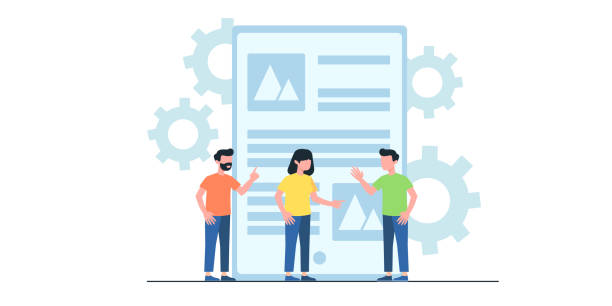
Looking at large companies that have successfully adopted multilingual website design can be very inspiring.
Companies like Amazon, Google, and Airbnb are prime examples of multilingual websites that have successfully penetrated global markets through deep localization and seamless user experience.
These companies have not only translated their content but also paid special attention to cultural details, local payment methods, and even multilingual customer service.
Amazon, with local domains and services for different countries, makes every user feel like they are shopping in a local store.
Google, with its search engine that provides results based on the user’s language and geographical location, is an unparalleled example of multilingual success.
This informative and engaging content shows how, with proper planning and precise execution, one can overcome language barriers and reach customers worldwide.
These success stories prove that investing in multilingual website design yields a significant return on investment.
The Future of Multilingual Website Design and Emerging Trends

The future of multilingual website design is moving towards Artificial Intelligence (AI) and Machine Learning (ML) in translation and localization.
Machine translation tools are becoming increasingly accurate and can help businesses manage vast volumes of content.
However, human translation and deep localization will remain essential for sensitive content and branding.
Other trends include the use of multilingual chatbots and voice assistants to improve user experience and customer support.
Natural Language Processing (NLP) will also play a significant role in language detection and providing relevant content.
This analysis of the future shows that international web development is evolving into a more intelligent and automated process.
Furthermore, the emphasis on content personalization based on geographical location and user language preferences is expected to increase even further.
This means offering dynamic content that automatically adjusts according to each visitor’s specific needs.
This approach blurs language barriers even further and provides global access to information.
Frequently Asked Questions
| Question | Answer |
|---|---|
| 1. What is multilingual website design? | The process of creating a website whose content is available in multiple different languages so that users from all over the world can interact with the site in their own language. |
| 2. Why should we make our site multilingual? | To expand the market, attract international audiences, improve SEO in global search results, and increase brand credibility and professionalism. |
| 3. What are the methods for implementing a multilingual site? | Using subdomains (e.g., fa.example.com), subdirectories (e.g., example.com/fa/), URL parameters (e.g., example.com?lang=fa), or country domains (e.g., .ir, .de). |
| 4. Is multilingual site SEO different? | Yes, it requires international SEO strategies such as using the hreflang tag, appropriate URL structure for each language, and keyword research for each language. |
| 5. What points should be considered when choosing languages? | Languages should be chosen based on the target market, audience demographics, and current website traffic analysis data. |
| 6. What are common problems in multilingual website design? | Issues related to SEO, translation quality, content management, Right-to-Left (RTL) and Left-to-Right (LTR) support, and user experience. |
| 7. What is the role of CMS in multilingual sites? | Modern Content Management Systems (CMS) (like WordPress with multilingual plugins or Drupal) offer powerful built-in features or plugins for easy content management in multiple languages. |
| 8. How should content translation be done? | Translation should be done by native and professional translators, not just machine translation, to ensure that tone, culture, and local idioms are respected. |
| 9. How is language switching done on multilingual sites? | Typically, a Language Switcher is used in the site’s header or footer, allowing users to easily select their desired language. |
| 10. Is responsive design important for a multilingual site? | Yes, responsive design ensures that the site is displayed correctly on any device (mobile, tablet, desktop), which is crucial for international user access and SEO. |
And other services of Rasaweb Advertising Agency in the field of advertising
Pricing techniques in imported laptop ads
How ads help introduce warranty and after-sales services
The role of ads in building emotional connections with customers
How to attract new business partners with ads
The impact of data on writing effective notebook ads
And over hundreds of other services in internet advertising, advertising consultation, and organizational solutions
Internet Advertising | Advertising Strategy | Advertorials
🚀 Are you ready to revolutionize your business in the digital world? Rasaweb Afarin, with expertise in secure website design and comprehensive digital marketing services, is your reliable partner for reaching the pinnacle of success.
📍 Tehran, Mirdamad Street, next to Central Bank, Southern Kazeroun Alley, Ramin Alley, No. 6

